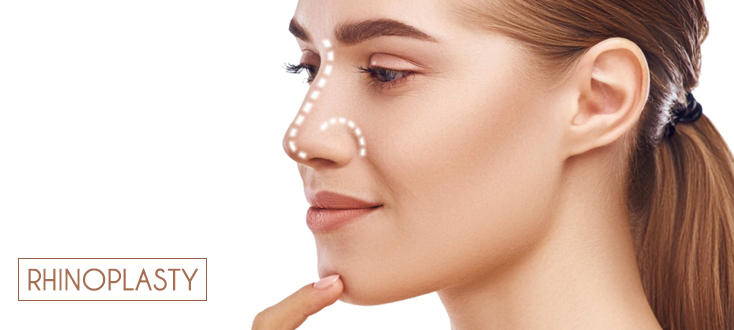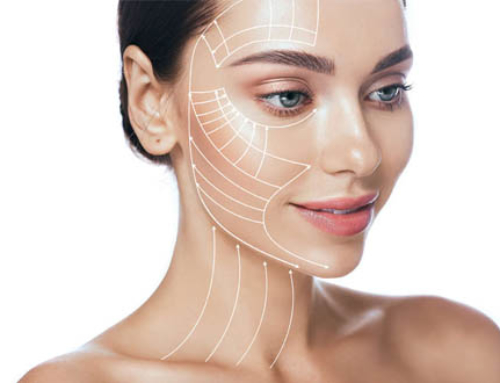Rhinoplasty is a procedure designed to change the appearance of the nose for aesthetic purposes (to correct nasal humps, excessively long noses, crooked noses, etc., the surgery is called aesthetic rhinoplasty) or functional purposes (to treat respiratory problems, sequelae of nose fracture, etc., the procedure is called functional rhinoplasty). Rhinoplasty requires general anesthesia as well as a 24 hours hospitalization. One of the most important aspects of rhinoplasty is for the surgeon to define his patient’s expectations.

A quick overview of rhinoplasty surgery
Requirements before the procedure
Photos including different view angles are taken before the operation : front, side view angle, left, right and from below). Surgeons can predict the result, but morphing (photo touch-up on a computer) is not recommended, it can be misleading since it does not take into account living tissues the surgeon is going to operate on. Rhinoplasty is a delicate procedure, but it delivers dramatic improvements that sometimes change patients’ lives. This surgery is possible starting from the age of 16, but this limit is rather determined by skin quality and its ability to retract (which decreases with age). In most cases, rhinoplasty is performed for aesthetic purposes.
Rhinoplasty recovery
Rhinoplasty causes swelling and bruising, which may restrict the patient’s social interactions during approximately 10 days (3 to 4 days for swelling to go down and 15 days for bruising to subside) and cause functional impairment during several weeks. The final result can only be assessed after 1 year and touch-ups are usually possible.
All of these aspects will be discussed during preoperative consultations. Choosing a certified and experienced surgeon for this procedure is also one of the best ways to maximize the chances of a successful procedure.






Laisser un commentaire